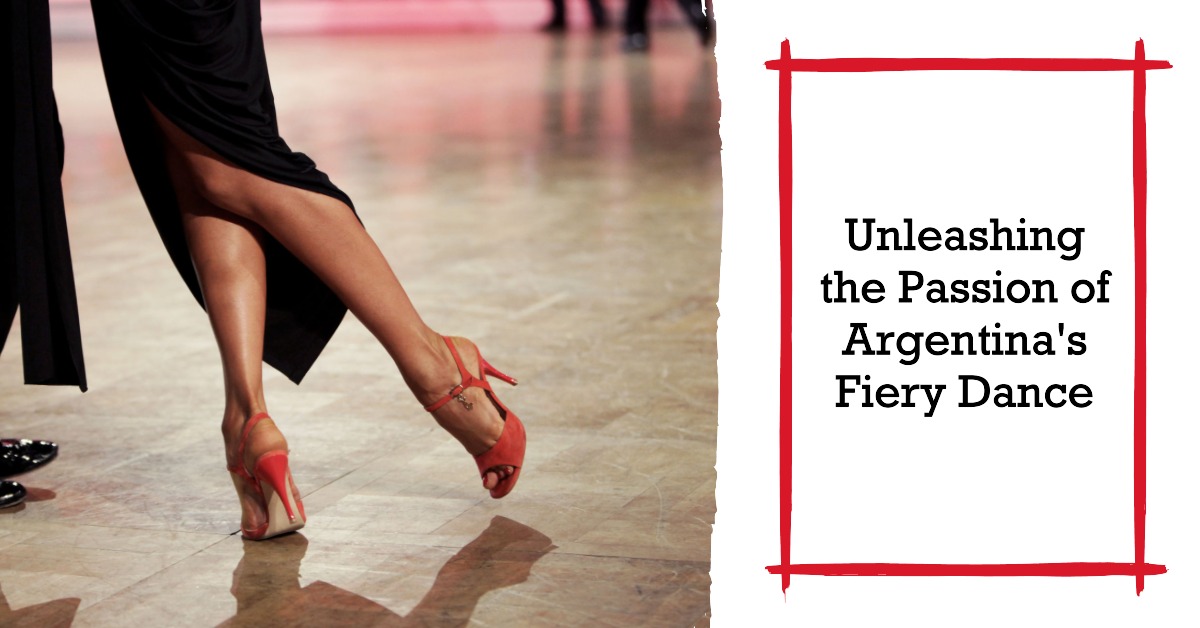Introduction
Tango: the passionate dance that has captured hearts and minds around the world. Originating in Argentina, this hypnotic dance form is known for its sensuous movements and dramatic flair. In this article, we’ll explore the captivating world of Tango, delving into its history, unique characteristics, and lasting social impact. So put on your dancing shoes and let’s get started!
TLDR: Dive into the fascinating realm of Tango – from its Argentine roots to becoming a worldwide phenomenon – as we uncover its history, distinctive traits, Argentine vs. Ballroom styles, popular music choices, and cultural influence.
History of Tango
Origins in Argentina (Buenos Aires)
The birthplace of Tango is none other than Buenos Aires, Argentina’s vibrant capital city. During the late 19th century, communities of immigrants from Europe and Africa came together in the city’s melting pot neighborhoods. It was here that they began blending their various musical styles and rhythms to create what would eventually become known as Tango.
European Influences on the Dance
As Tango evolved over time, it absorbed numerous influences from European dances such as Waltz and Polka. This fusion gave rise to a more refined version of Tango that appealed to both high society Europeans as well as locals in Argentina.
Characteristics of Tango
Unique Rhythm and Musical Elements
At its core, Tango is characterized by a distinctive rhythm marked by syncopated beats and dramatic pauses. The music often features instruments like bandoneon (an accordion-like instrument), piano, violin, and guitar.
Dance Steps, Patterns, and Embrace
Tango consists of a series of intricate steps and patterns that require both partners to move in perfect harmony. The dance is also famous for its close embrace, which allows the dancers to connect emotionally as they glide gracefully across the floor.
Argentine Tango vs. Ballroom Tango
Differences in Style, Music, and Technique
While both Argentine and Ballroom Tangos share some similarities, there are notable differences between the two styles. Argentine Tango tends to be more improvisational with its fluid movements, whereas Ballroom Tango follows a stricter framework with set patterns. Additionally, the music used for each style varies significantly – Argentine Tango often features traditional instruments like the bandoneon while Ballroom Tango uses orchestral arrangements.
Popular Music for Tango Dancing
Key Artists and Songs to Dance To
When it comes to choosing music for your Tango dancing sessions, you can’t go wrong with classics from legendary artists like Carlos Gardel or Astor Piazzolla. Their timeless tunes perfectly capture the essence of this passionate dance form. Some popular songs include “Por Una Cabeza” by Gardel and “Libertango” by Piazzolla.
Social Impact of Tango
Its Role in Popular Culture and Films (e.g., ‘The Scent of a Woman’)
Tango’s undeniable allure has left an indelible mark on popular culture – from films like ‘The Scent of a Woman’ where Al Pacino famously performed an unforgettable Tango scene to countless TV shows featuring this dramatic dance form.
Influence on Modern Latin Dances like Kizomba
Tango’s impact can also be seen in newer Latin dances such as Kizomba, which originated in Angola but has been heavily influenced by the sultry moves and techniques of Argentine Tango.
Conclusion
From its humble beginnings in Buenos Aires to its present-day status as a global dance phenomenon, Tango continues to enchant audiences with its passionate embrace and mesmerizing movements. Whether you’re a seasoned dancer or simply an admirer of this captivating art form, there’s no denying the allure and mystique that surrounds the world of Tango.





Leave a Reply